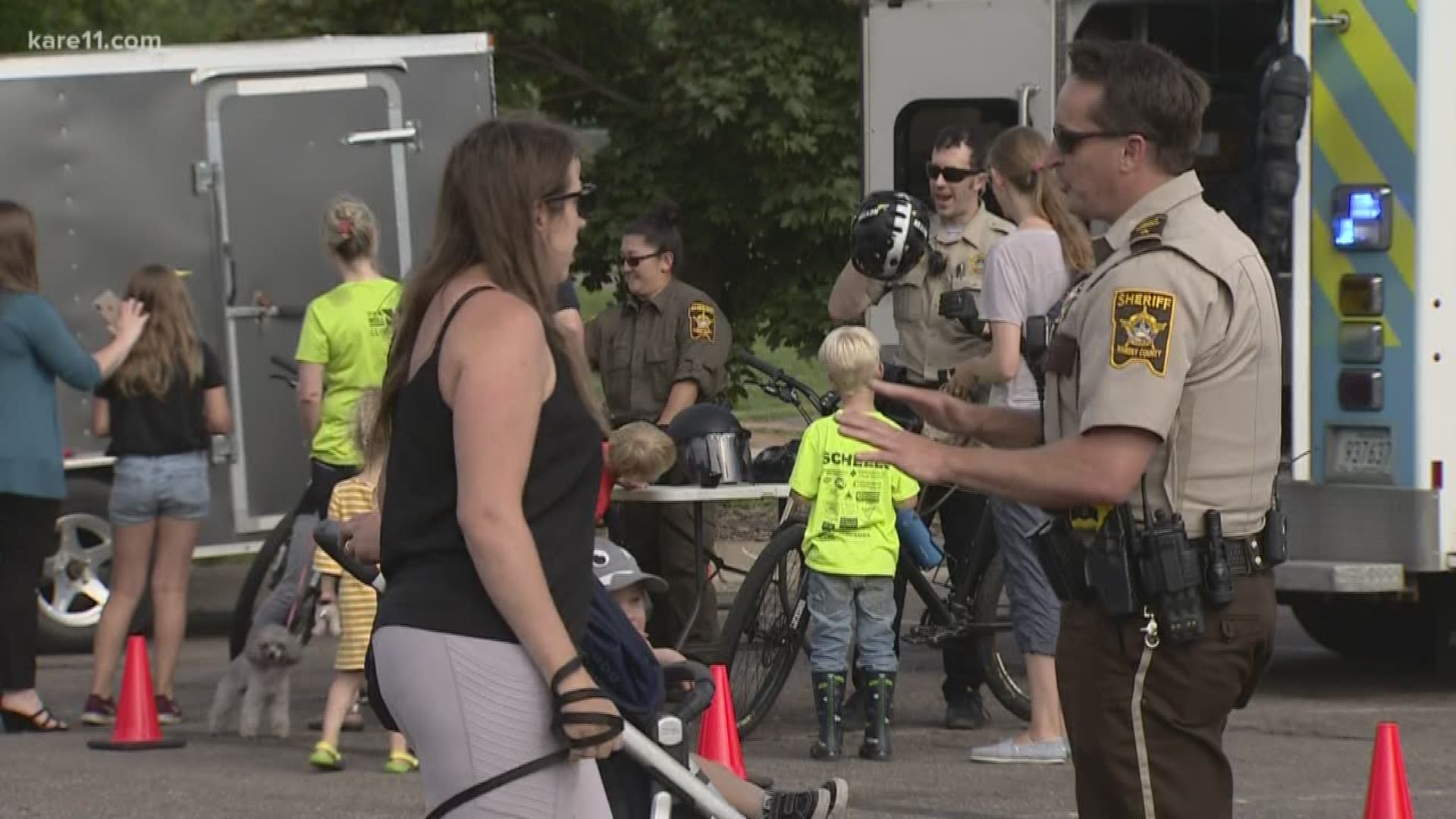A decade ago, very few — if any — law enforcement agencies in Minnesota outfitted their officers with body-worn cameras.
That is no longer the case.
The technology is now used across the metropolitan area, from small towns like Becker to rural Isanti County to Minneapolis and St. Paul. By the end of 2019, all five of the largest cities in the region will feature police departments with body cameras; in the five largest counties, the sheriff's departments will either have the body cameras or will be actively looking into the possibility.
The Ramsey County Sheriff's Office became the latest to join the trend after the county board authorized $1.3 million in equipment this week.
"The public expects the transparency," Undersheriff Jeff Ramacher said. "They expect when an officer shows up on scene, that they're going to be wearing a camera."
Eventually, all of the roughly 400 deputies and corrections officers in Ramsey County will have body cameras. The first batch of equipment will be in the hands of deputies over the next two to three months, Ramacher said, beginning in the seven northern suburbs where the sheriff's office has a contract.
"When you think about critical incidents or use of force, the first question is, 'where's the camera footage?'" Rumacher said. "Our deputies are looking for that as well. They want the accountability, the transparency, the ability to be able to show a prosecutor what happened."
Meanwhile, in the West Metro, Plymouth Police will begin wearing body cameras this fall after receiving authorization in late June from the city council. The body-worn technology will be a compliment to the squad-car cameras, which Plymouth officers have used since 2002.
"They've helped confirm things that have been brought to our attention and dispel things that are alleged. The body cameras will do the same," Goldstein said. "It will just become the norm."
Although Burnsville Police became the first Twin Cities department to add body cameras back in 2010, the trend accelerated across the United States following the shooting of Michael Brown in Ferguson, Mo., during the tumultuous summer of 2014. Soon after, the Obama administration approved federal funding and a pilot program for body cameras, and the technology became a major sticking point for criminal justice reform advocates.
Police departments in the Twin Cities quickly jumped on board, including St. Paul (2017) and Minneapolis (2016). Minneapolis Police, the largest law enforcement agency in the state of Minnesota, recently received authorization to expand their program and will eventually have all 900 officers equipped with the technology (all patrol officers in Minneapolis already carry the body cameras).
The cameras, however, are quite costly. In Plymouth, the whole program will cost a half-million dollars — with $100,000 a year of operating costs on top of that.
"The costs are what they are," Chief Goldstein said. "And some communities have more difficult sustaining a program such as this."
But Goldstein still views the expenses as a necessary part of 21st-century policing. It's just one tool for law enforcement — but an important one nonetheless, he said.
"It's a good tool," Goldstein said. "It's one that will become the standard for law enforcement over a course of time."

